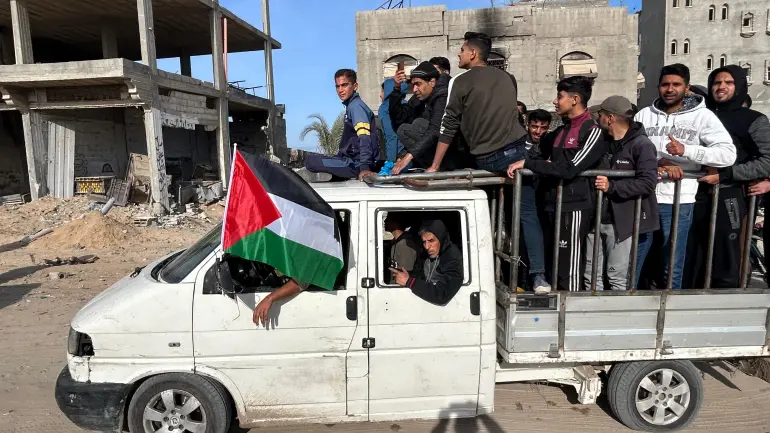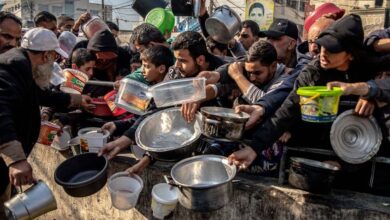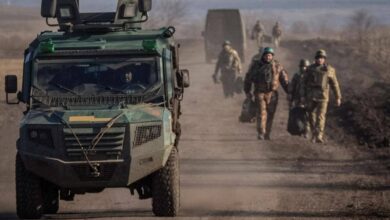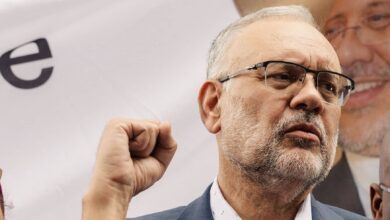
In Rafah, Palestinian farmer Abd al-Sattari has lost everything after Israeli incursions forced him from his two homes. For nine months, he hoped that if one house were hit, the other would remain intact, allowing his family to return. As the ceasefire approached on Sunday, Abd and his eldest son Mohammed visited their properties, finding both reduced to rubble and their hopes of returning to normalcy shattered.
The truce, which went into effect Sunday morning, was welcomed by many Palestinians as a possible end to a brutal conflict that has killed more than 46,900 people and displaced over 2 million. Even before it was due to take effect, families streamed back to Rafah, rumbling down cratered roads with their belongings packed into cars and carts. Some made their way back into their neighborhoods, determined to take their lives back after the destruction. The streets resonated with chants like “We will rebuild. We will live.”
For many, though, the return brought anguish. Abd toured his homes, reduced to ruins. He called his wife, waiting in a displacement camp, with the sad news. Their homes were uninhabitable, lacking even roofs, water, or basic services. Abd lamented, “The Rafah we knew is gone.”
As the ceasefire unfolded, families like Nasim Abu Alwan’s returned to find their homes obliterated. Resolved to stay, Nasim declared, “We’re done with tents. We’re staying in Rafah.”
Most overweight destruction has occurred; more than 60% of buildings and roads have been destroyed in Gaza, yet the citizens of Rafah are defiant. Mayor Mohammed al-Sufi used “staggering” to define the scale of devastation, and yet the families argue: “Rafah is our home, we will rebuild-it may take us a lifetime or more, it doesn’t matter.”.



